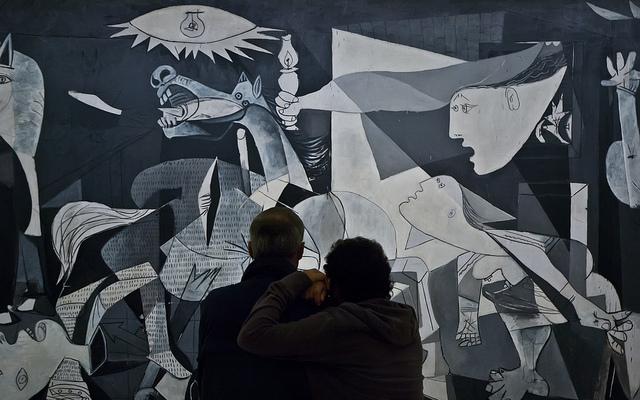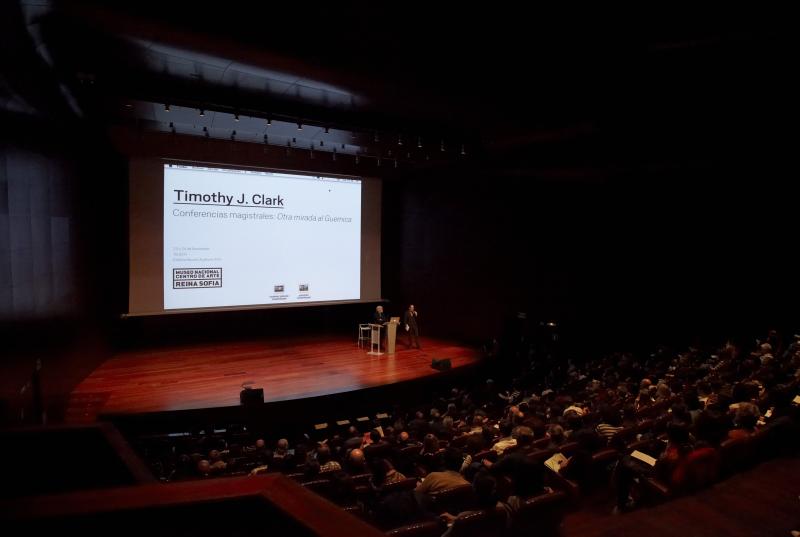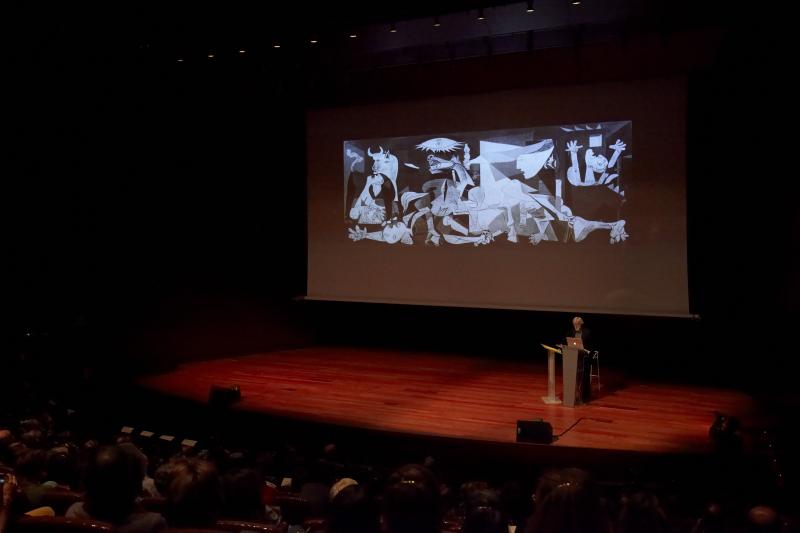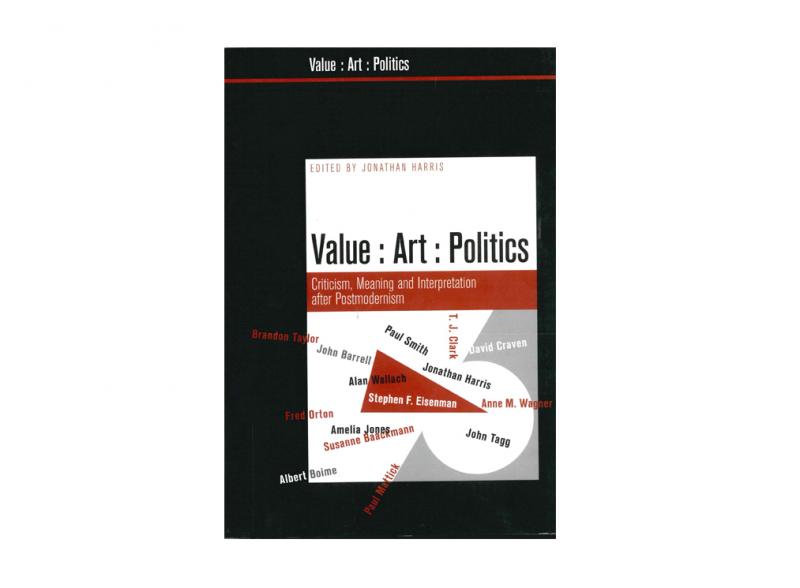What was the new art history
Conversations with TJ. Clark
This interview with TJ. Clark presents his main ideas about modernity, Cubist painting, Guernica and political practices not only in art, but also in art history. Until 2010, Clark was a professor at the University of California, Berkeley, where he wrote his best-known works on 19th-century French painting.
On the occasion of this conversation, the Museo Reina Sofía invited him to give two keynote lectures on 20th-century painting.
In addition to addressing questions about the absolute, global values of modernity, Clark speaks here about the birth of a New Art History coming out of the 1960s in the Anglo-Saxon world, which opposed this universal story and sought contingent, specific arguments. The new academic art history is on a different tier than the museum structures, which are on the side of the market in a world ruled by the market.
Clark also discusses the need for a practical historiography based on ‘image thinking’ and not only on textual materials. The new and old art histories share a reverence for the textual and contextual frame, as it renders a work of art transparent to the textual world. It may be the political responsibility of art historians to discover what images do and how they frame our experience.

Mario Giambattista. Guernica, 2011 © Sucesión Pablo Picasso, VEGAP

Another look at Guernica, Master lecture by TJ. Clark, 2011

Another look at Guernica, Master lecture by TJ. Clark, 2011

Jonathan Harris (ed.). Value:Art:Politics, 2007
Share
- Date:
- 05/03/2012
- Production:
- Chema Gonzalez, José Luis Espejo
- Voice-over:
- Luis Mata
- License:
- Creative Commons by-nc-sa 4.0